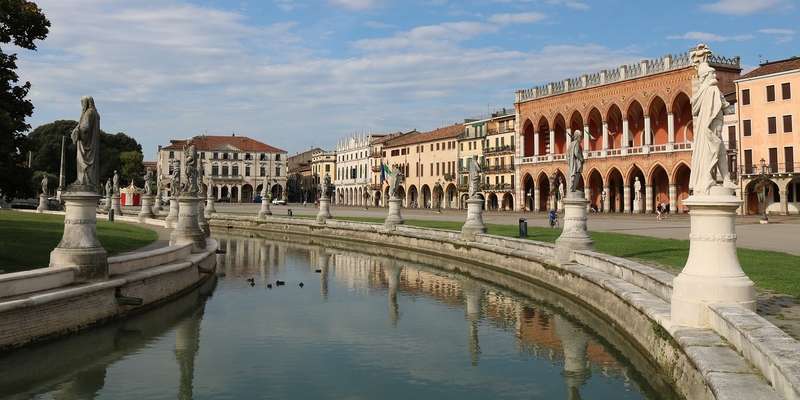- Home
- Useful Tips
- Padua's medieval medical history
Few travelers realize Padua houses Europe's first permanent anatomy theater and oldest academic botanical garden – groundbreaking achievements in medieval medicine. Over 80% of visitors to Venice (just 30 minutes away) miss these UNESCO-listed sites, unaware they're walking past the birthplace of modern clinical science. The frustration compounds when those who do visit face confusing opening hours, crowded viewing areas, and missed opportunities to stand where Galileo once lectured. For history buffs and curious travelers alike, navigating Padua's medical legacy without local insight means risking a superficial experience at landmarks that deserve deeper appreciation. The city's university quarter whispers stories of 16th-century dissection breakthroughs and herbal medicine pioneers, but these narratives often get lost in rushed itineraries or poorly translated displays.


Finding the real anatomy theater beyond the tourist photos
Most visitors snap a quick picture of the 1594 anatomy theater's wooden funnel structure without grasping its revolutionary design. Local historians note this was where medical students first observed systematic human dissections, hidden from church authorities by the building's unassuming exterior. The real magic happens when you time your visit for the 11am sunlight streaming through the upper windows, illuminating carvings of zodiac signs that guided medieval surgical timing. University archivists recommend the often-overlooked Museo di Storia della Medicina nearby, where handwritten lecture notes reveal how professors smuggled bodies through underground canals. For independent explorers, the theater offers free admission on the first Sunday of each month, though arriving before 9:30am is crucial to avoid school groups.
Decoding the botanical garden's living medicine cabinet
Established in 1545 to grow authentic medicinal plants for students, Padua's Orto Botanico still cultivates over 6,000 species in its original circular layout. What guidebooks don't mention is how the garden's four iron gates correspond to Renaissance medical philosophies – a detail most rushed tours miss. Local botanists suggest visiting in late spring when the poison plant collection (used for antidote research) blooms beside the 400-year-old dwarf palm. The garden's herbarium contains pressed specimens that treated everything from 16th-century plagues to battlefield wounds, with English translations available at the east gate information desk. While general admission tickets are affordable, the Tuesday morning 'healing herbs workshop' with university researchers offers unparalleled access to normally restricted archives.
Where to stay for full immersion in medical history
Sleeping near Piazza delle Erbe puts you steps from the 13th-century pharmacies that supplied the medical school, with several boutique hotels occupying converted apothecary buildings. The Albergo Medicinae retains original herb-drying attics now serving as unique guest rooms, while Pensione Anatomica offers curated bookshelves of medical history texts. Budget-conscious travelers can opt for the university's summer dormitory program, which includes after-hours access to the anatomy museum. Whichever you choose, request a room facing away from the piazza to avoid late-night noise from what was once the medieval doctors' meeting spot – now lively with cafes serving traditional herbal tonics.
Beyond the highlights: Local secrets for serious enthusiasts
Padua's medical history hides in plain sight for those who know where to look. The alley behind Caffè Pedrocchi conceals 'La Specola', an 18th-century astronomical observatory where doctors studied celestial influences on health. Few tourists discover the Hospital of San Francesco's preserved medieval ward, where circular design improved air circulation for contagion control. For a truly unique experience, local scholars occasionally lead evening walks tracing the route of funeral processions that delivered bodies to the anatomy theater. These aren't advertised publicly; ask at the university's history department about the 'Rotta dei Morti' tour. While independent exploration is possible, the depth of understanding gained from these specialist guides transforms random architectural details into chapters of medical revolution.



